

Articles
How To Store Resin
Modified: January 23, 2024
Learn how to properly store resin articles to maintain their quality and prevent damage. Follow these helpful tips for long-lasting resin preservation.
(Many of the links in this article redirect to a specific reviewed product. Your purchase of these products through affiliate links helps to generate commission for Storables.com, at no extra cost. Learn more)
Introduction
Resin is a versatile and popular material used in various crafting, art, and DIY projects. Whether you’re a seasoned resin artist or just starting out, proper storage is essential to preserve the quality and shelf life of your resin. Storing resin correctly ensures that it remains in a usable state and doesn’t degrade or harden before you have a chance to use it.
In this article, we’ll explore the best practices for storing resin, including the right storage containers, avoiding direct sunlight, controlling temperature and humidity, ensuring proper ventilation, organizing and labeling, storing resin in different forms, and offering tips for long-term storage.
By following these guidelines, you can maintain the integrity of your resin and prolong its lifespan, allowing you to create stunning finished products for years to come.
Key Takeaways:
- Proper storage of resin is essential to maintain its quality and usability. Choose airtight, non-reactive containers, avoid direct sunlight, control temperature and humidity, ensure proper ventilation, and organize and label your resin storage area for optimal preservation.
- Different forms of resin, such as liquid resin, resin molds, and resin jewelry, require specific storage considerations. Implement long-term storage tips, use resin sealers, and regularly inspect and rotate stock to maximize the lifespan of your resin and ensure its quality for future use.
Read more: How To Store Live Resin
Choosing the Right Storage Containers
When it comes to storing resin, the choice of storage containers is crucial. The containers you use should be able to protect the resin from external elements and maintain its freshness. Here are some considerations to keep in mind when selecting storage containers for resin:
- Airtight: It is essential to choose containers that are airtight. Resin is sensitive to exposure to air, which can cause it to cure prematurely. Look for containers with reliable seals or lids to prevent any air from entering or escaping.
- Non-reactive: Resin can react with certain materials, leading to discoloration or degradation. To avoid this, opt for containers made of non-reactive materials such as glass or HDPE (High-Density Polyethylene). These materials do not interact with the resin and help maintain its quality.
- Opaque: Resin is vulnerable to UV light, which can degrade its quality over time. Choose opaque or tinted containers that block out sunlight and other sources of UV radiation. This will protect the resin from yellowing or becoming brittle.
- Proper Size: Consider the volume of resin you typically work with and choose containers that can accommodate that amount. Avoid using overly large containers, as the additional air space can contribute to resin waste and potential curing issues.
- Chemical Resistance: Ensure that the storage containers you choose are resistant to the chemicals commonly used with resin, such as solvents or cleaners. This will prevent any unwanted reactions or leaching of harmful substances into the resin.
By selecting the right storage containers, you can protect your resin from external factors that can compromise its quality and usability. It’s worth investing in high-quality containers that meet all the above criteria to ensure the long-term preservation of your resin.
Avoiding Direct Sunlight
One of the primary enemies of resin is direct sunlight. UV light can cause resin to cure prematurely, resulting in a variety of undesirable outcomes, including discoloration, hardening, and decreased workability. To avoid these issues, it’s crucial to store your resin in a location where it is shielded from direct sunlight. Here are some tips to help you protect your resin from UV light:
- Dark Storage Space: Choose a storage space that is away from windows or sources of natural light. Opt for a dark or dimly lit area, such as a closet or cabinet, to minimize exposure to UV light.
- Opaque Containers: Ensure that the storage containers you use are opaque or tinted. This will help block out UV rays and prevent them from reaching the resin. Transparent containers should be avoided as they offer little protection against sunlight.
- UV Protective Covers: If you have limited storage options and need to keep your resin in an area with potential exposure to sunlight, consider using UV protective covers or curtains to shield the resin from direct sunlight.
- Resin Storage Boxes: Consider investing in specialized resin storage boxes that are designed to protect resin from light and UV radiation. These boxes typically come with opaque lids or covers to prevent any light from reaching the resin.
- Beach Towels or Blankets: If you cannot relocate your resin to a dark storage space, cover the containers with beach towels or blankets to block out sunlight. This makeshift solution can provide temporary protection until you find a more suitable storage option.
Remember, even brief exposure to sunlight can have a negative impact on your resin. Consistently storing it in a dark and UV-protected environment will help maintain its integrity and extend its shelf life.
Controlling Temperature and Humidity
The temperature and humidity levels in your storage area can significantly affect the quality and performance of your resin. It’s essential to control these factors to ensure that your resin remains in optimal condition for as long as possible. Here are some guidelines for controlling temperature and humidity when storing resin:
- Temperature Stability: Resin is sensitive to extreme temperatures. It is best to store resin in an environment with a consistent and moderate temperature range. Avoid storing resin in areas prone to temperature fluctuations, such as garages or attics, as this can affect its viscosity and overall quality.
- Ideal Temperature Range: The ideal temperature range for resin storage is typically between 60°F and 80°F (15°C and 27°C). This temperature range helps maintain the resin’s viscosity and prevents premature curing. Use a thermometer to monitor the temperature in your storage area and make necessary adjustments if needed.
- Humidity Control: Humidity can also impact resin storage. High humidity levels can introduce moisture into the resin, affecting its curing process and causing unwanted bubbles or cloudiness. Aim for a humidity level between 40% and 60% to minimize the risk of moisture absorption.
- Dehumidifier and Air Conditioning: If you live in an area with high humidity, consider using a dehumidifier or air conditioning unit in your storage area to maintain the desired humidity level. These devices can help remove excess moisture from the air, creating a more controlled environment for your resin.
- Silica Gel Packets: To further protect your resin from humidity, you can place silica gel packets in your storage containers. These packets are designed to absorb moisture and can help maintain a dry environment for your resin.
- Avoid Moisture Sources: Keep your resin storage area away from potential sources of moisture, such as sinks, water pipes, or areas prone to leaks. It’s important to minimize the introduction of moisture into the storage space to prevent any damage to your resin.
By carefully controlling the temperature and humidity levels in your resin storage area, you can ensure that your resin remains in optimal condition. The stability of these factors will help preserve the quality and usability of your resin, allowing you to create beautiful projects without any unexpected issues.
Ensuring Proper Ventilation
While it’s essential to protect resin from external elements, it is equally important to ensure proper ventilation in your storage area. Proper ventilation helps to maintain air quality and prevent the build-up of fumes and odors that can be generated by the resin. Here are some tips for ensuring proper ventilation when storing resin:
- Air Circulation: Choose a storage area that has adequate air circulation. A well-ventilated space prevents the accumulation of fumes and allows fresh air to flow, minimizing the concentration of any potentially harmful gases.
- Open Space: Avoid storing resin in tightly packed or confined spaces. This can limit airflow and lead to the build-up of fumes. Ensure that there is ample space around your resin containers to allow for proper ventilation.
- Natural Ventilation: If possible, store your resin in an area with natural ventilation, such as near an open window or with the assistance of fans. Natural ventilation helps to disperse any fumes or odors that may be emitted by the resin.
- Exhaust Fans: If your storage area lacks natural ventilation, consider installing exhaust fans to help remove any fumes or odors. These fans can help improve air circulation and maintain a fresh environment.
- Filtered Air Purifiers: Another option is to use filtered air purifiers to help remove any airborne particles or fumes. These devices can be particularly useful if you store your resin in a space with limited ventilation.
- Separate Storage Area: If you work with resin frequently or in large quantities, consider setting up a separate storage area specifically for your resin. This can help keep your working space free from any lingering fumes and odors.
By ensuring proper ventilation, you create a safe and comfortable environment for storing your resin. Proper airflow helps to minimize the concentration of fumes and maintain air quality, allowing you to work with your resin without any concerns about potentially harmful gases.
Store resin in a cool, dry place away from direct sunlight and heat sources. Keep it in airtight containers to prevent moisture and dust from contaminating the resin.
Read more: How To Store Resin Molds
Organizing and Labeling
When it comes to storing resin, organization is key. Keeping your resin containers and supplies organized not only helps you locate and access them easily but also contributes to the overall lifespan of your resin. Here are some tips for organizing and labeling your resin storage:
- Dedicated Storage Space: Designate a specific area or shelf for your resin storage. Having a dedicated space helps keep everything in one place, making it easier to find what you need when you’re ready to use it.
- Separate by Type: If you have different types of resin, such as epoxy resin and UV resin, consider segregating them into separate containers or areas. This helps prevent cross-contamination and allows you to locate the specific type you need quickly.
- Clear Containers: Use clear storage containers to store your resin and resin-related supplies. Transparent containers allow you to see the contents at a glance and avoid any confusion or mix-ups. Additionally, clear containers make it easier to assess the quantity and condition of your resin.
- Labeling System: Implement a labeling system for your resin containers. Clearly label each container with the type of resin, date of purchase, or any other relevant information. This helps you keep track of the age and usage of your resin, ensuring that you use the oldest resin first.
- Inventory List: Maintain an inventory list of all your resin supplies, including resin types, colors, additives, and any other relevant details. This list serves as a handy reference when it comes to restocking or planning future projects.
- Keep Supplies Handy: Store any tools, brushes, or mixing equipment needed for resin work in close proximity to your resin containers. Having everything in one place streamlines your workflow and saves time when you’re ready to create.
By keeping your resin storage area organized and labeled, you create a more efficient and productive working environment. You’ll be able to locate your resin quickly, maintain an accurate inventory, and ensure that you’re using your resin in the correct order.
Storing Resin in Different Forms
Resin comes in various forms, such as liquid resin, resin molds, and resin jewelry. Each form requires specific storage considerations to ensure its longevity and usability. Here are some tips for storing resin in different forms:
- Liquid Resin: Liquid resin is typically stored in bottles or containers. Ensure that the containers are properly sealed and airtight to prevent air exposure and premature curing. Store the liquid resin upright to minimize the risk of leakage or spills. Additionally, keep the containers in a dark and temperature-controlled environment to prevent degradation.
- Resin Molds: If you have resin molds for various shapes or figures, store them in a clean and dry area. Avoid placing heavy objects on top of the molds, as this can cause them to warp or deform. Store the molds in a way that prevents dust or debris from settling on them, as this can affect the quality of the resin castings.
- Resin Jewelry: If you create and store resin jewelry, it’s essential to take extra care to prevent damage or scratching. Store jewelry pieces in individual containers or pouches to protect them from dust and potential damage from other items. Keep the jewelry away from direct sunlight to prevent discoloration or fading. Avoid exposing the jewelry to extreme temperature fluctuations, as this can cause the resin to become brittle.
- Resin Artwork: Storing resin artwork, such as paintings or resin-coated pieces, requires special care. Store the artwork in an upright position to prevent warping or bending. If the artwork is large, consider using a suitable art rack or mount it on the wall to ensure proper support and protection. Keep the artwork away from direct sunlight and humidity to maintain its color and integrity.
- Resin Casting Supplies: Aside from the resin itself, storing your resin casting supplies, such as pigments, molds, and tools, is equally important. Keep each type of supply separate and organized in labeled containers or drawers. Store them in a clean and dry area to prevent any moisture or contamination that could affect the quality of your castings.
By storing resin in different forms correctly, you can prolong its shelf life and ensure that it remains in optimal condition. Proper storage helps to maintain the integrity and usability of the resin, allowing you to create stunning resin projects without any hiccups.
Tips for Long-Term Storage
If you anticipate storing resin for an extended period, whether due to a break in your crafting activities or for future use, there are additional precautions you can take to ensure the resin remains in good condition. Here are some tips for long-term storage of resin:
- Use Resin Sealers: Consider using resin sealers or stabilizers specifically designed for long-term storage. These products create a protective barrier that helps preserve the resin’s freshness and prevent any unwanted reactions or degradation.
- Store Resin in a Cool Environment: Lower temperatures slow down the resin’s chemical reactions and can extend its shelf life. If possible, store your resin in a cool area or consider placing it in a refrigerator. However, be cautious of condensation when removing the resin from cold storage, as moisture can compromise its quality.
- Regularly Inspect and Rotate Stock: Periodically check on your resin supplies, even during long-term storage. Inspect the containers for any signs of leakage, discoloration, or any other abnormalities. Consider rotating your stock by using older resin first, preventing any resin from sitting unused for an extended period.
- Keep Containers Upright and Secure: Ensure that your resin containers are stored upright to prevent leakage. If you have a considerable stock of resin, consider using dividers or organizers to keep the containers secure and prevent them from toppling or shifting.
- Protect from Moisture: Moisture can compromise the quality of resin over time. Keep your resin containers away from damp or humid areas. If necessary, consider using desiccant packs or moisture absorbers to maintain dry conditions within the storage area.
- Monitor Storage Conditions: Regularly monitor the temperature and humidity levels in your resin storage area. Make adjustments as needed to ensure that the conditions remain within the recommended ranges for resin storage.
- Follow Manufacturer Recommendations: Always refer to the manufacturer’s instructions and recommendations for storing their specific brand of resin. They may provide additional guidance or specific instructions for long-term storage.
By following these tips for long-term storage, you can maximize the lifespan of your resin and ensure its usability and quality when you’re ready to resume your crafting projects.
Conclusion
Proper storage is crucial for maintaining the quality and usability of resin. Whether you’re storing liquid resin, resin molds, resin jewelry, or resin artwork, following the right storage techniques can significantly extend its shelf life and prevent any degradation or issues that may arise. By considering factors like choosing the right storage containers, avoiding direct sunlight, controlling temperature and humidity, ensuring proper ventilation, organizing and labeling, storing resin in different forms, and implementing tips for long-term storage, you can preserve the integrity of your resin for future use.
Remember to select airtight, non-reactive containers that protect the resin from air exposure and choose a storage area away from direct sunlight to prevent premature curing. It’s also essential to control temperature and humidity levels, ensuring a stable and moderate environment that is optimal for resin preservation. Proper ventilation helps maintain air quality and prevent the build-up of fumes and odors, and organizing and labeling your resin storage area makes it easier to locate and track your supplies.
Lastly, consider the specific storage requirements for different forms of resin, such as liquid resin, resin molds, resin jewelry, resin artwork, and resin casting supplies. By paying attention to these details and implementing long-term storage tips, you can ensure that your resin remains in excellent condition and ready for your creative projects when the time comes.
With these guidelines in mind, you can confidently store your resin and have peace of mind knowing that it will be in perfect condition when you’re ready to unleash your creativity once again.
Frequently Asked Questions about How To Store Resin
Was this page helpful?
At Storables.com, we guarantee accurate and reliable information. Our content, validated by Expert Board Contributors, is crafted following stringent Editorial Policies. We're committed to providing you with well-researched, expert-backed insights for all your informational needs.
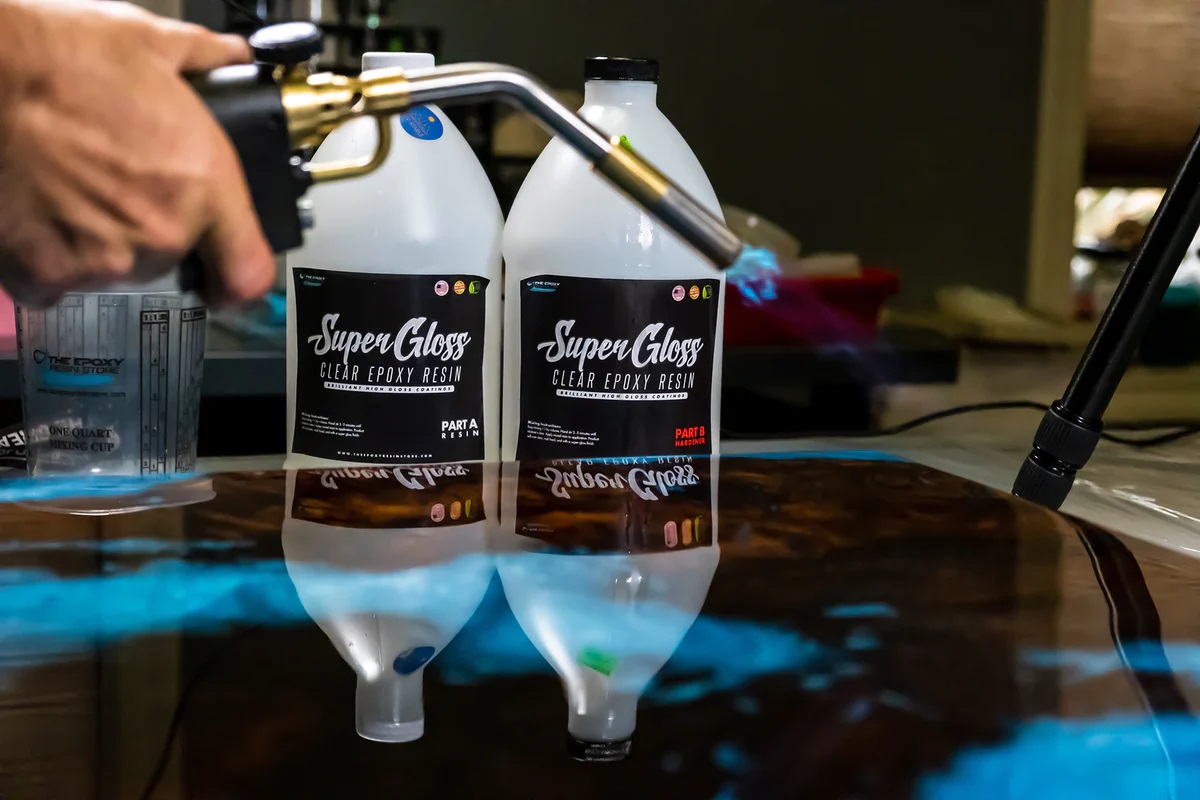
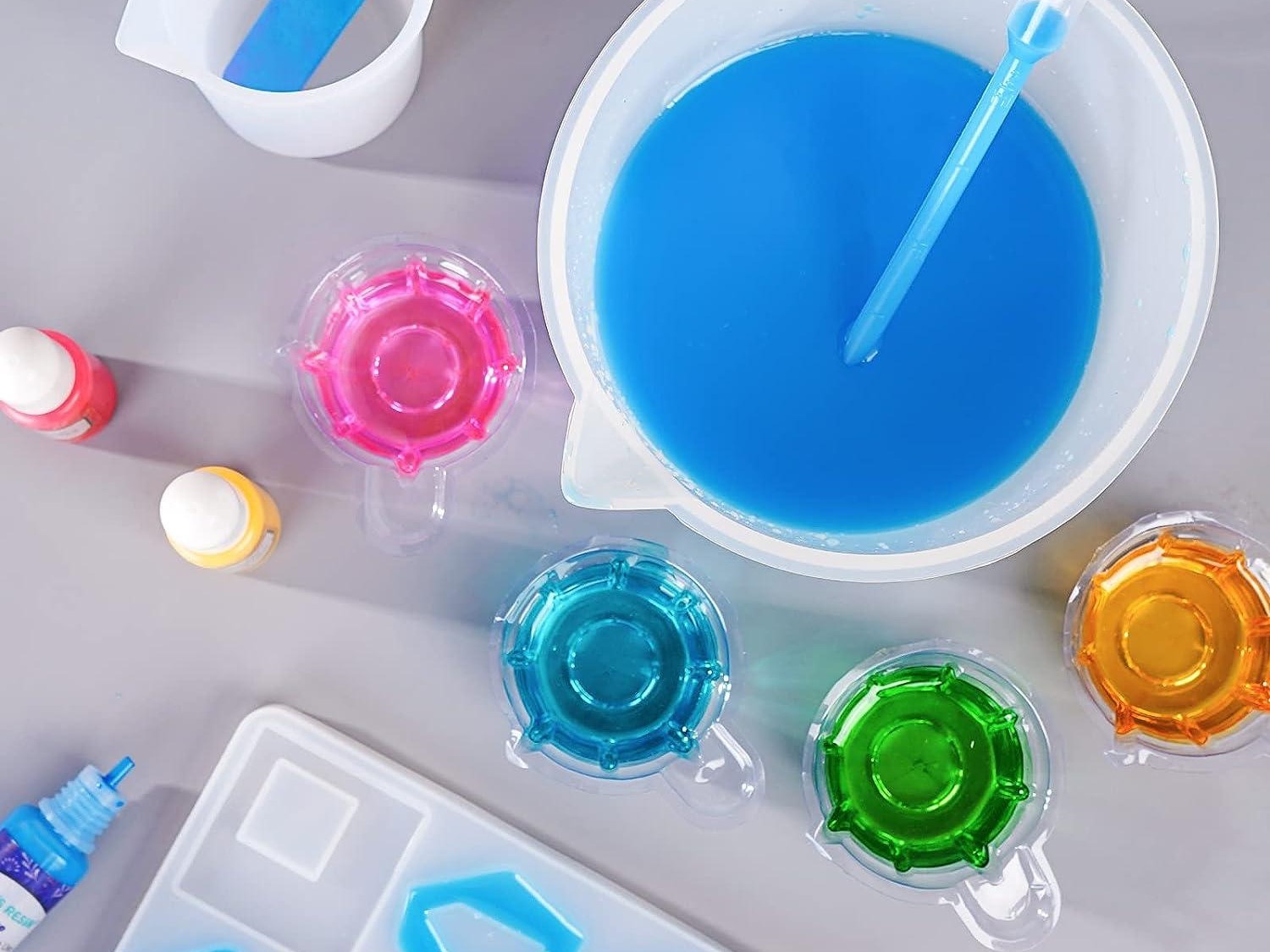

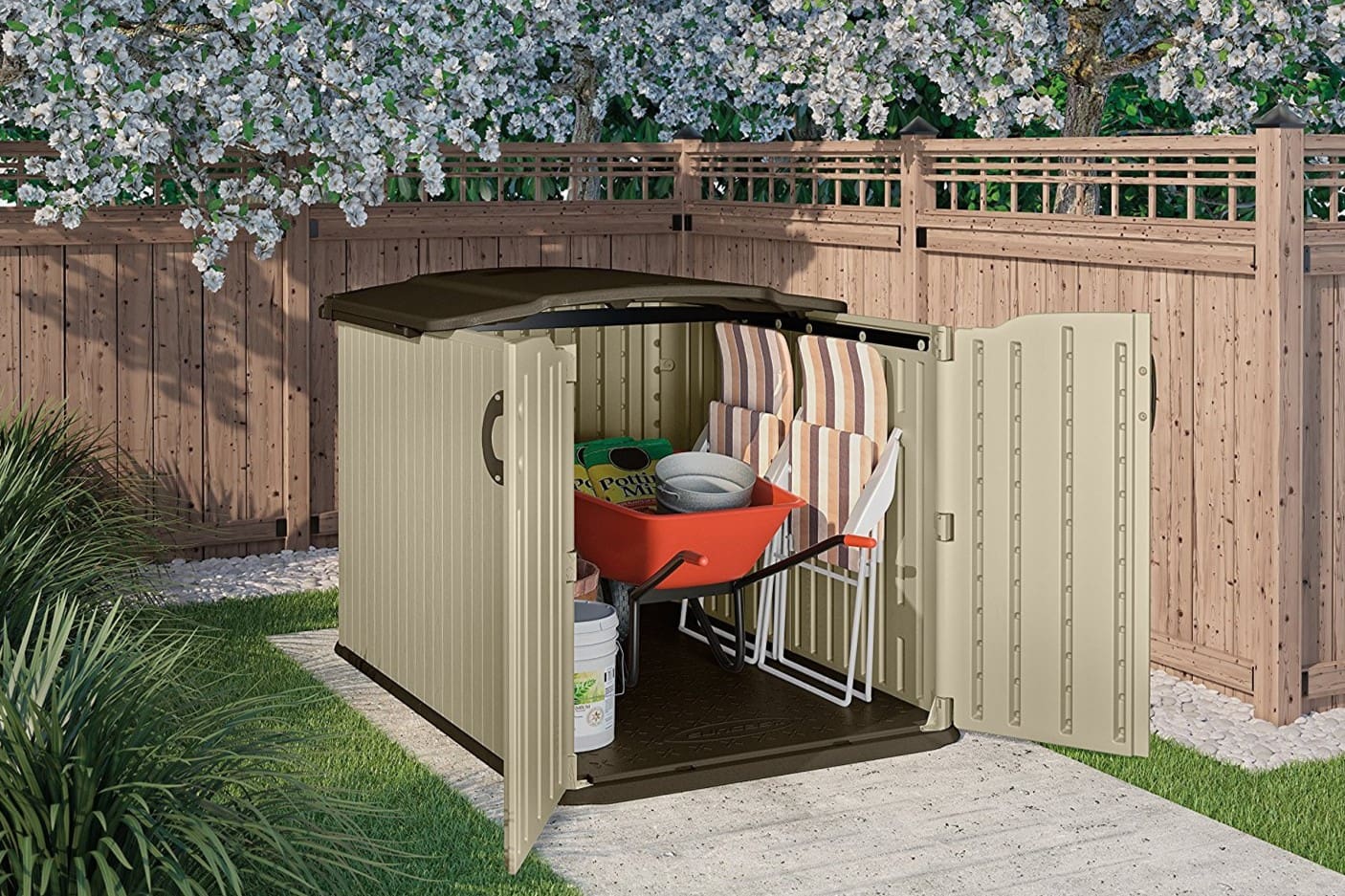
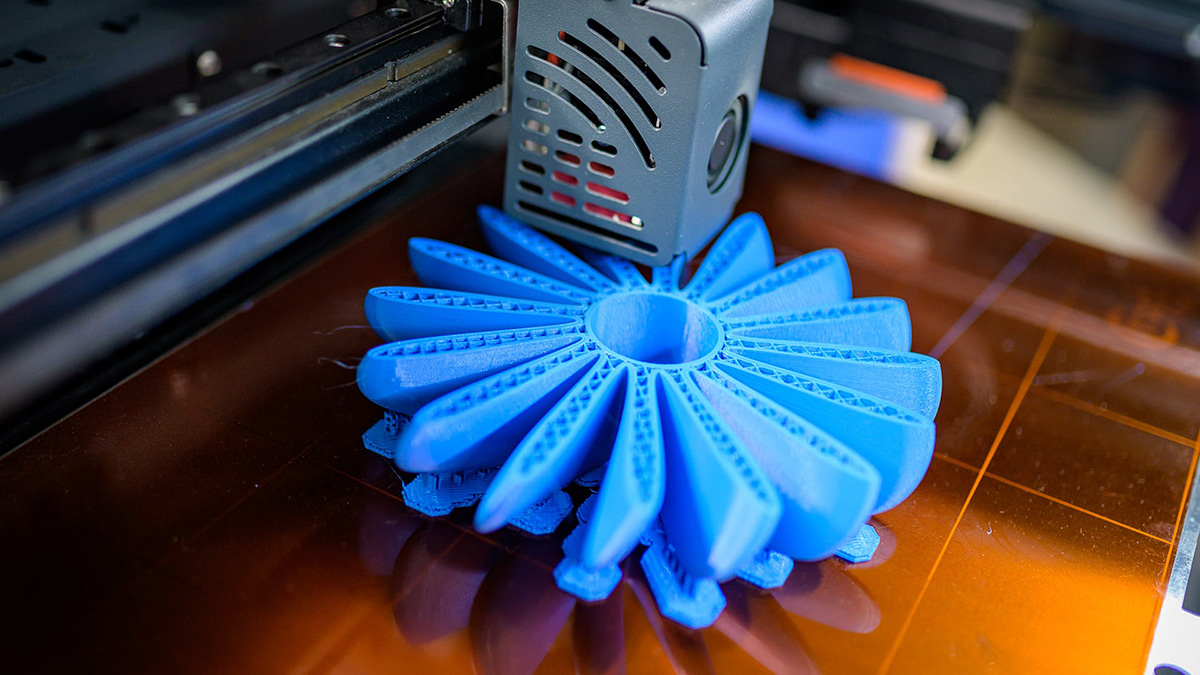




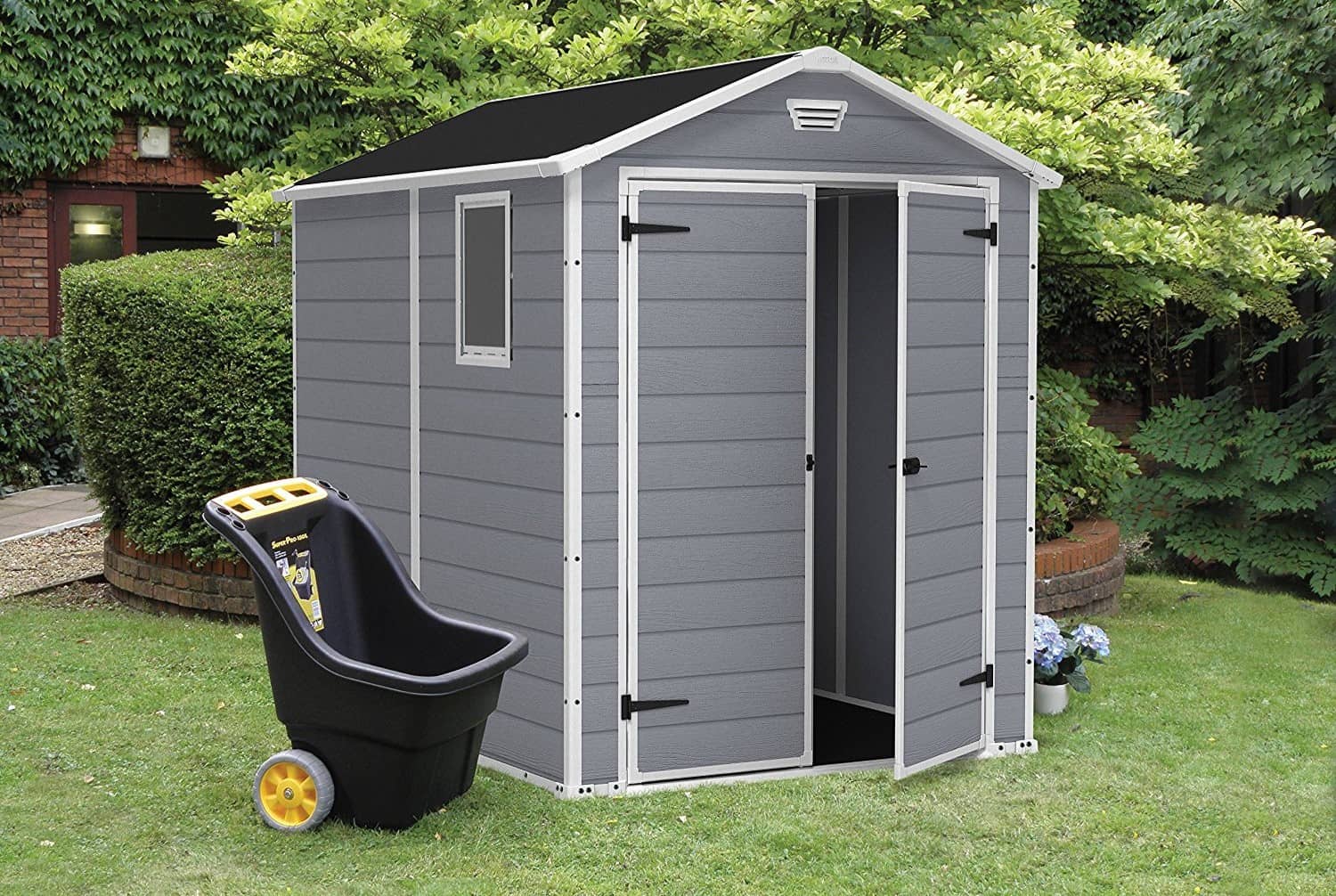


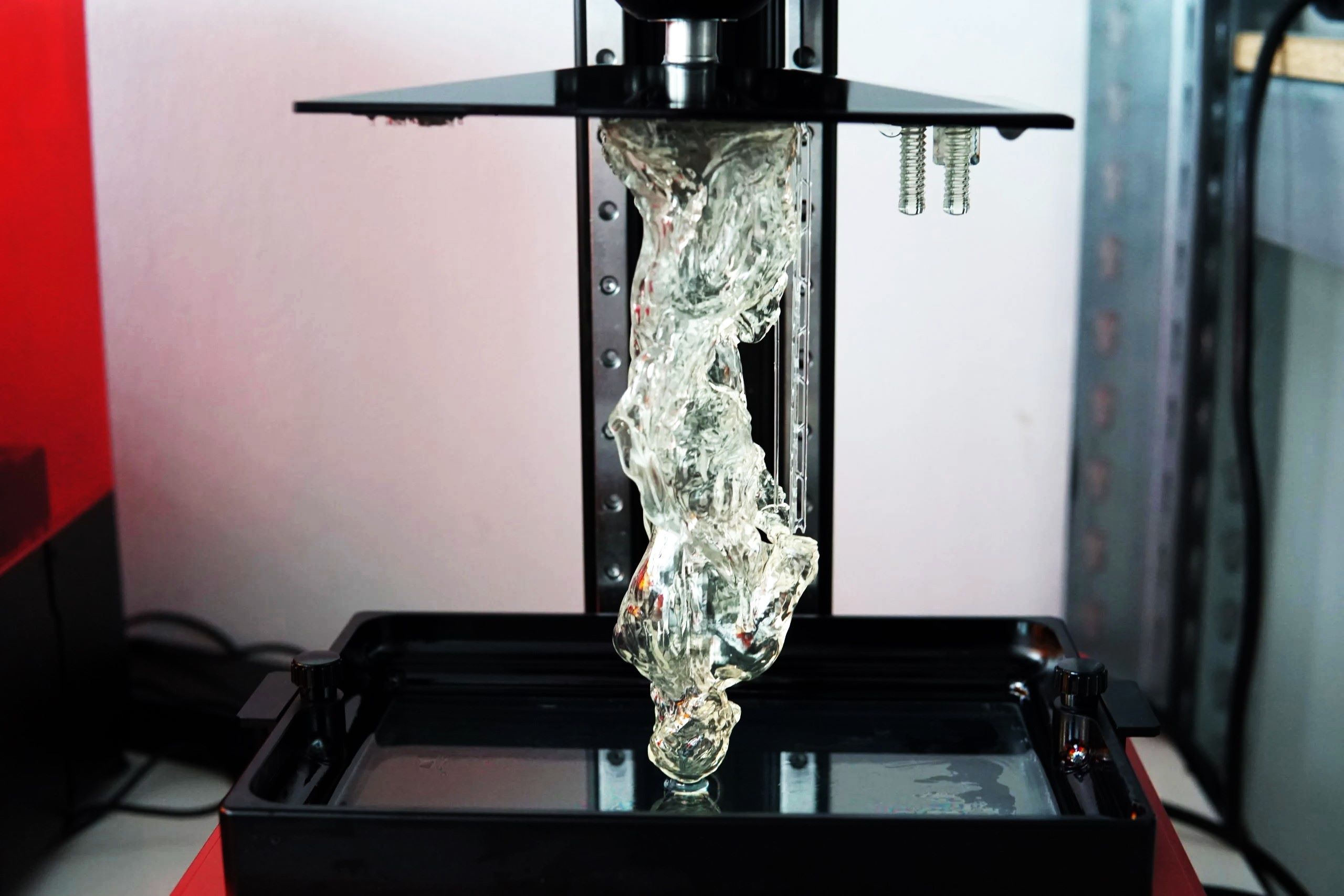


0 thoughts on “How To Store Resin”